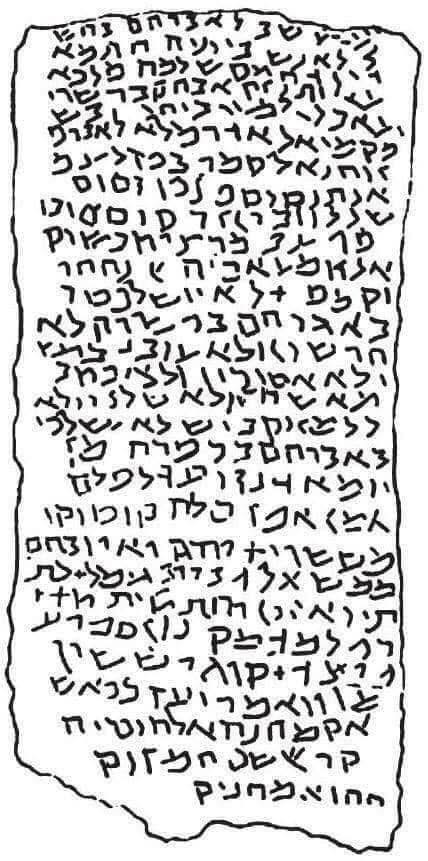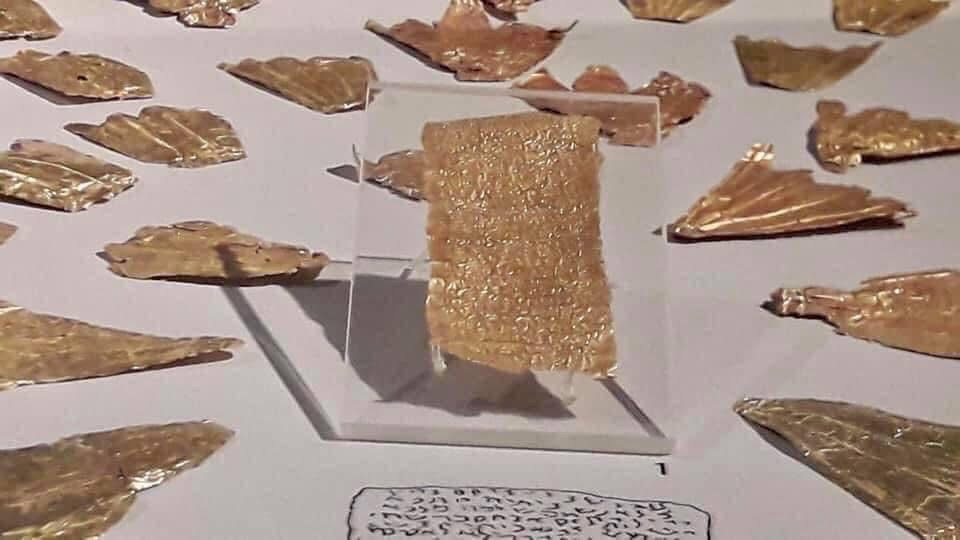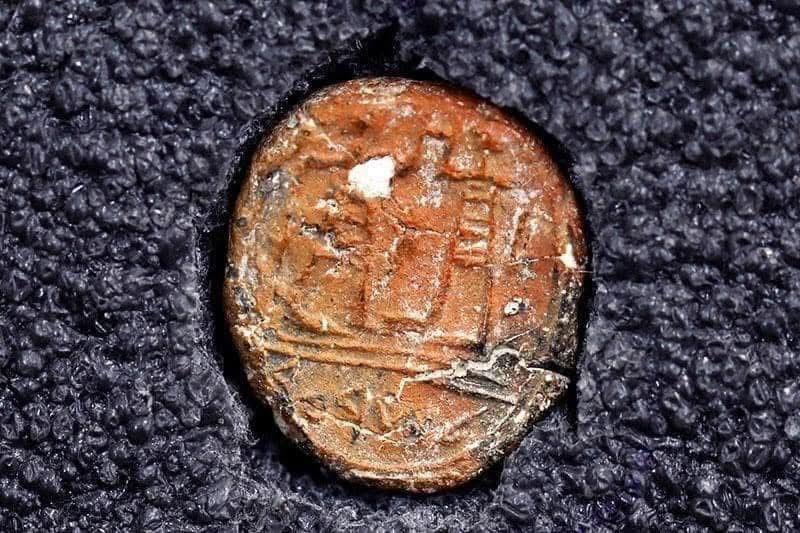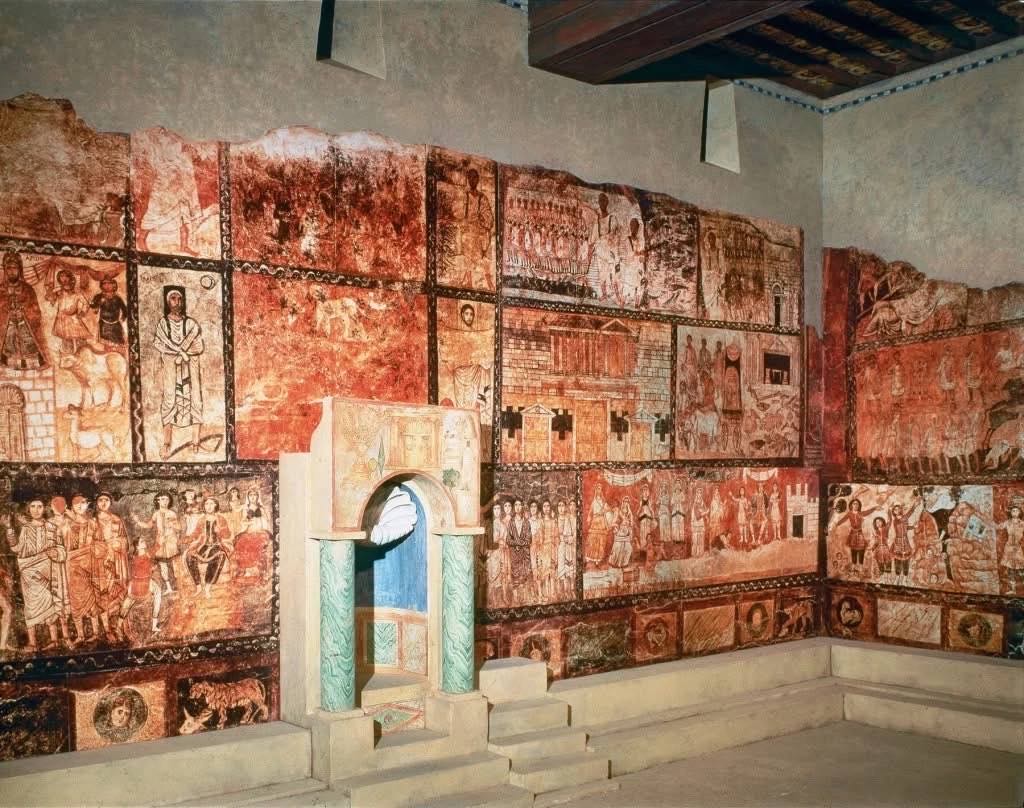An interesting Jewish magical text from Georgia. It is one of the oldest Jewish diasporas in the world, dating back to the time of the Babylonian captivity. Jewish (Uriah, Eberi) quarters existed in Mtskheta and Urbne as early as 2000 years ago; medieval Georgian chronicles by Kartlis Tskhovreba mention “Uriah Mtskheli”, a Jewish district. There are possible images of a menorah on an Oinochoya (wine vessel) dating from the first centuries AD found in Katsreti (unfortunately, I found only a mention, no photos). Of course, the most interesting evidence is the inscriptions. There are two tombstones from Samtavro of a certain Yoseb Bar Hazan and Yehuda nicknamed Gurki, both from the 4th century A.D. But of course, the most interesting inscription is the third one, which is on display today in the National Museum in Tbilisi.
This inscription, in Aramaic, dates from the 4th-6th centuries CE and is made on a thin gold leaf. it was most likely worn around the neck, rolled up into a tube. here is the text:
The inscription reads, “This is a good amulet for Abraham son of Sarah for his house. This is the seal with which King Solomon sealed [the evil spirits] so that they could not harm Abraham son of Sarah or his family. as before, the Lord filled the word with respect for Abraham, and so that he (God) may always be his protector in his troubles. Cast out [evil spirits], do good, and lay your hand on him in secret. and further strengthen him, in the name of the angels I seal and bind [evil spirits], so that they may not take possession of him, Abraham son of Sarah. So that no magic or evil witchcraft shall work any harm, neither shall cherubim, nor Satan, nor any night-walkers, nor demons, have any power over Abraham son of Sarah from this day until all eternity, amen, amen, arise and do good. And there is no substance in them, aleph, bet, gimel, dalet, hey, vav, zain, het, tet, yod, kaf, lamed, mem, nun, samesh, pei, tzadi, kuf, reish, shin, tav: and Yaakov said when he saw these, This is the camp of the Lord, and he called it Mahanaim (see Bereshit 32:3).
This text belongs to a group of magical “guardian” texts that were (and still are) distributed throughout the East in various but easily recognisable guises. Many people have heard of magical Aramaic/Hebrew inscriptions made on clay plates (I believe there are several in the Museum of Biblical Countries). Despite the strict and repeated prohibitions for rabbis to engage in this kind of magical business, such practices pop up again and again, and apparently, people cannot do without red threads, kamei and other spells. In my opinion, an interesting detail of the text is the listing of the letters of the alphabet (by the way, ayin is omitted) in order. Letters were (and still are) considered by various kinds of kabbalists to be sacred in themselves, and even listing them can be a powerful amulet.









